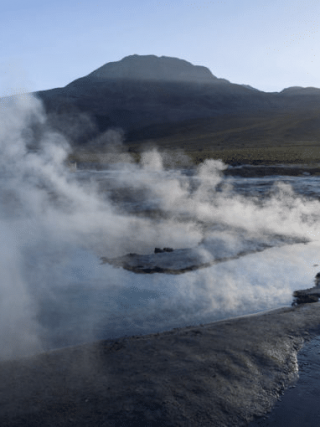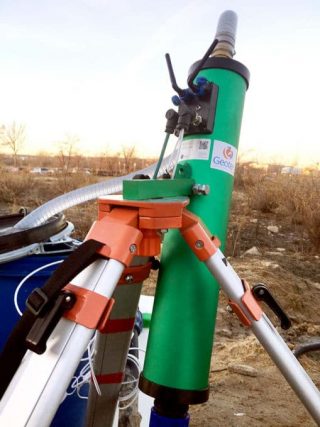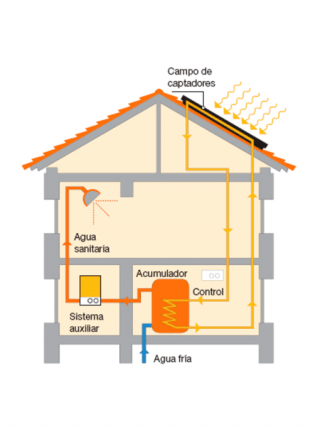RENEWABLE ENERGIES

GEOTHERMIA
As described by the Institute for Energy Diversification and Saving (IDAE), geothermal energy is the heat energy that the earth transmits from its inner layers to the outermost part of the earth’s crust.
It is a form of sustainable energy use with present and future, both from the point of view of energy supply with high guarantees and from the thermal point of view. It is a highly energy-efficient alternative to conventional heating and cooling systems.

GEOTHERMAL RESPONSE TEST
For the evaluation and characterization of the Geothermal Response Test, GEOTER will raise a lithological column for the specific determination of the one executed in work, being analyzed all the percentage values of each substrate.
The accomplishment of this Geothermal Response Test will be associated with a specific geothermal simulation carried out by our Engineering team to establish the optimal design of the capture field.

BIOMASS
According to the Association of Renewable Energy Producers (APPA), biomass is the use of organic matter as an energy source. It covers a wide and heterogeneous range of materials, both by origin and nature.
In terms of the energy context, biomass can be considered as organic matter from a biological process (agricultural, forestry, wastewater, sewage sludge, organic fraction of urban solid waste or derived from industry) that can be used as an energy source.
The valuation of biomass can be done through four basic processes that can be transformed into heat and electricity: combustion, anaerobic digestion, gasification and pyrolysis.

PHOTOVOLTAIC SOLAR
Photovoltaic energy consists of the direct transformation of solar radiation into electricity through the use of photovoltaic panels, in which this solar radiation excites the electrons of a semiconductor device that generates a small difference in potential. By connecting these devices in series, greater potential differences are obtained.
The greatest development of solar panels came in the 1950s. In the beginning they were used for the electrical supply to geostationary satellites of communications, being today a renewable energy source.
As it is a modular technology, it allows the construction of large photovoltaic plants on the ground or to incorporate them in the roof of a house.

SOLAR THERMAL
According to the Institute for Energy Diversification and Saving (IDAE), the use of solar energy can take place without the mediation of mechanical elements (passive form) or through the mediation of mechanical elements (active form).
In turn, solar energy can be low, medium or high temperature depending on the form of collection (direct, low or high concentration index).
As far as low temperature is concerned, glazed planes are used (which are the solar panels). Its most common applications are:
In buildings: for Domestic Hot Water (DHW), pool heating and heating.
In industrial installations: for the preparation of Hot Sanitary Water (DHW) and the subdivision of water for industrial processes.
In agricultural installations: for heating greenhouses, hot water from fish farms, etc.
